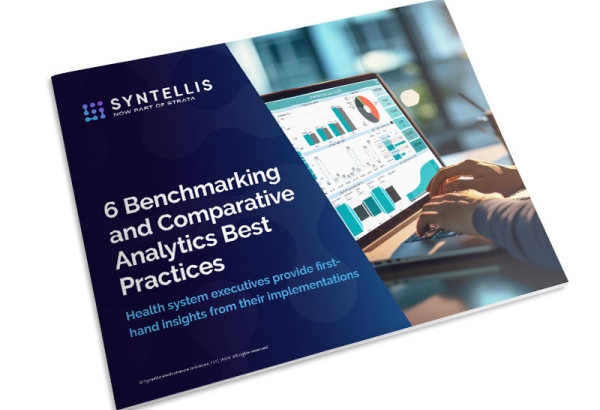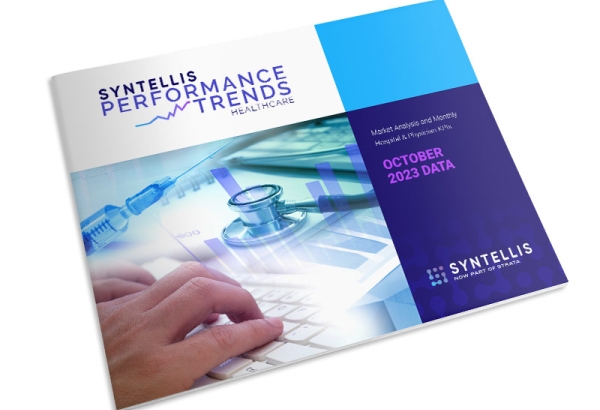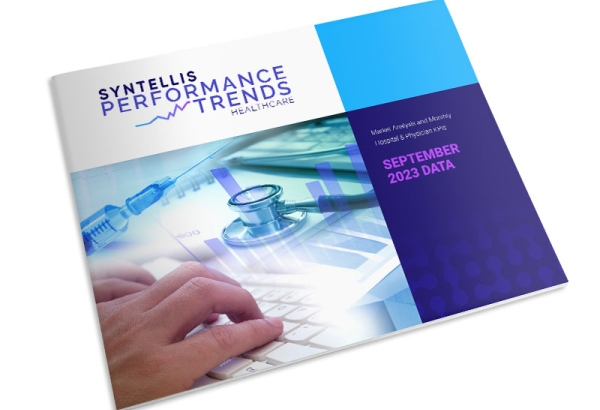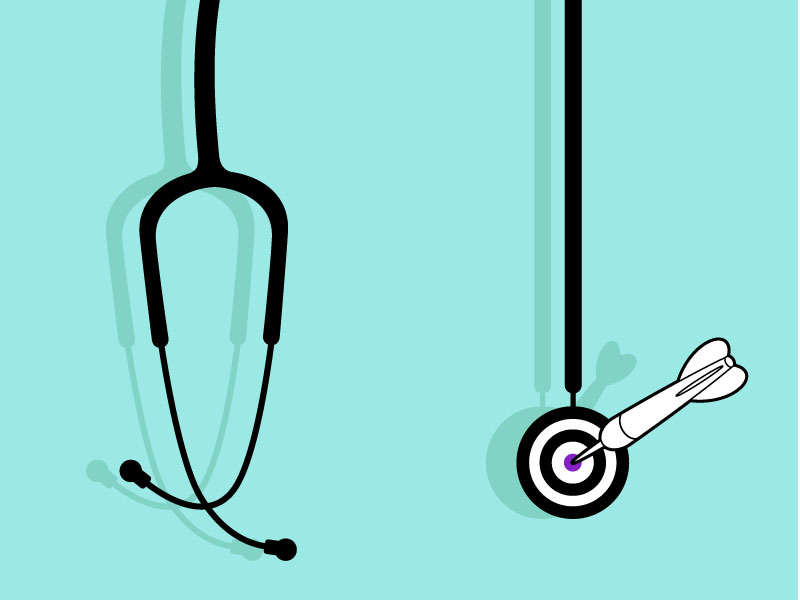In the increasingly competitive healthcare industry, traditional budgeting alone is no longer enough. Health systems face too much ongoing uncertainty to rely on a static, set-in-time budget. Instead, many hospitals and health systems have adopted rolling forecasting to account for an ever-changing environment and respond with agility.
A rolling forecast typically focuses on projections for the upcoming three years (12 quarters or 36 months), comparing an organization’s strategic financial plan assumptions with its expected trajectory, current conditions, and historical relationships. This approach allows leaders to identify and respond to disparities between the plan and the forecast on an ongoing basis.
Even with the move to rolling forecasts, however, closing performance gaps can be difficult. While rolling forecasts allow you to more swiftly adjust your projections, the actual performance of your organization may not improve accordingly. You may create a forecast that meets your goals on paper, but it’s not effective if no related improvement occurs.
You can more effectively chart a course to improvement by pairing rolling forecasts with comparative analytics, which provide access to accurate hospital and physician benchmarking data. Using comparative analysis in the following ways can improve forecast accuracy, hone in on the actions you must take to achieve desired outcomes, and more effectively close performance gaps.
#1 — Set Realistic, Evidence-Based Forecast Group KPIs
Rolling forecasts focus on forecast groups, groupings of functional departments that define a service. For example, a surgical services group might consist of surgery, anesthesiology, and recovery, all of which serve the same patient population. Typically, department leaders within each forecast group work together to define the key performance indicators (KPIs) by which their group will be measured. Examples of KPIs include total cost per unit, revenue per unit, or hours per unit.
Benchmarks and comparative analytics provide insight into market data that can help department leaders determine if the KPIs and desired outcomes are realistic or if the organization’s goals do not position it to compete effectively.
#2 — Compare Department Performance Within Forecast Groups
Comparative benchmarking provides the context needed to review the current performance of each department within a forecast group to help your organization pinpoint the exact course of action to move toward your defined KPIs.
For example, let’s say you set a cost reduction target of 10% for the surgical services group. Using comparative analytics, you may compare the anesthesiology department to the market and find they’re in the 95th percentile. A 10% reduction may not be realistic because they’re already at the top of their class. On the other hand, comparative analytics may reveal that the recovery department within the same rolling forecast group is in the 35th percentile compared to the market. A 10% reduction for this group would raise them closer to the average of their peer group rankings.
Rather than implement harsh, sweeping reduction measures equally across all departments, comparative analysis provides the direction, evidence, and confidence needed that will lead you to more fact-based strategic decisions to improve financial outcomes.
#3 — Monitor KPIs on a Regular Basis
Once the initial rolling forecast is in place, you can use external benchmarking to monitor monthly KPIs at a department, division, or forecast group level. You can then compare the results with other findings, including metrics from the previous month or the same month in the previous year, as well as three-month, six-month, and year-to-date averages. It is an evolving, adaptable process. Using comparative analytics to monitor these KPIs regularly and compare them to peer data helps ensure that your organization meets or exceeds expected performance.
A Dynamic Duo
The powerful combination of rolling forecasting and comparative analytics focuses less on creating numbers as targets and more on performance improvement to advance operations and implement strategic, operational changes — even in the face of ongoing uncertainties and emerging challenges.
As this culture of continuous improvement takes hold within your organization, the gaps will begin to close and improve your planning process. As new strategic initiatives take hold, KPIs will improve and directly influence the planning process as they’re realized in monthly financials. The rolling forecast then uses these improved monthly financial outcomes as the starting point with an eye towards improvement to mitigate unnecessary line items.
Take a deeper look into how to successfully use comparative analytics by reading our e-book, 6 Steps to Healthcare Performance Improvement Through Peer Comparisons.
Your peers also looked at...

6 Benchmarking and Comparative Analytics Best Practices

Market Analysis and Monthly Hospital & Physician KPIs: October 2023


